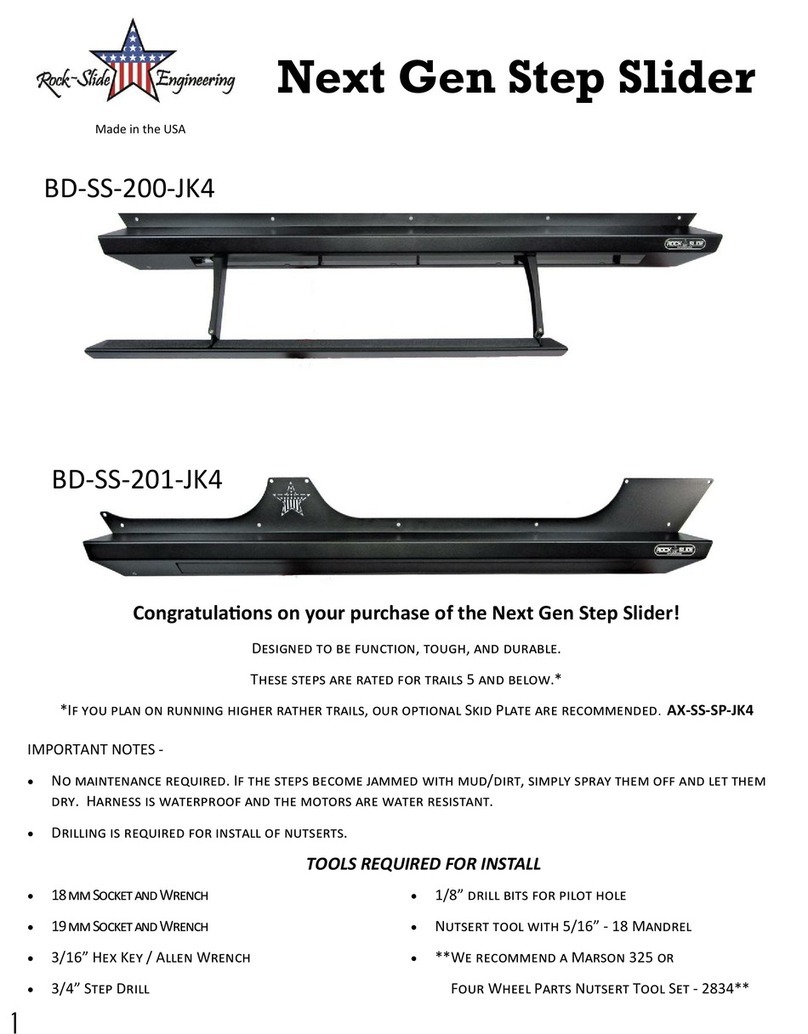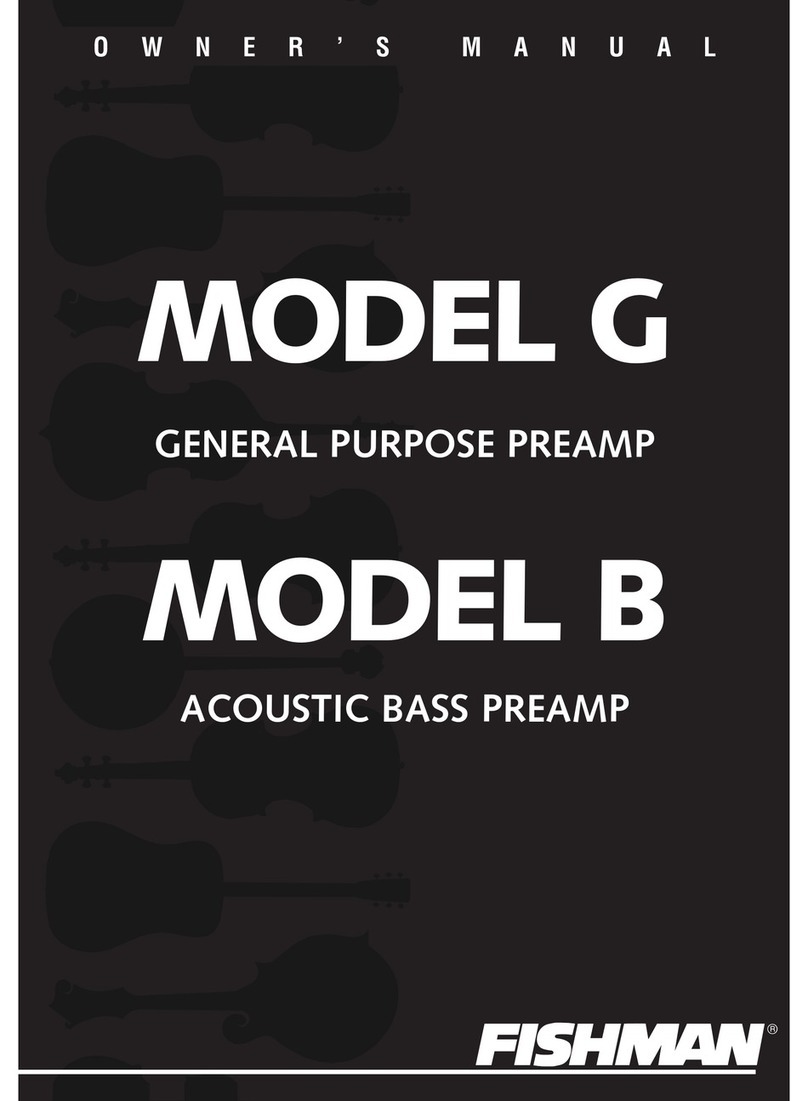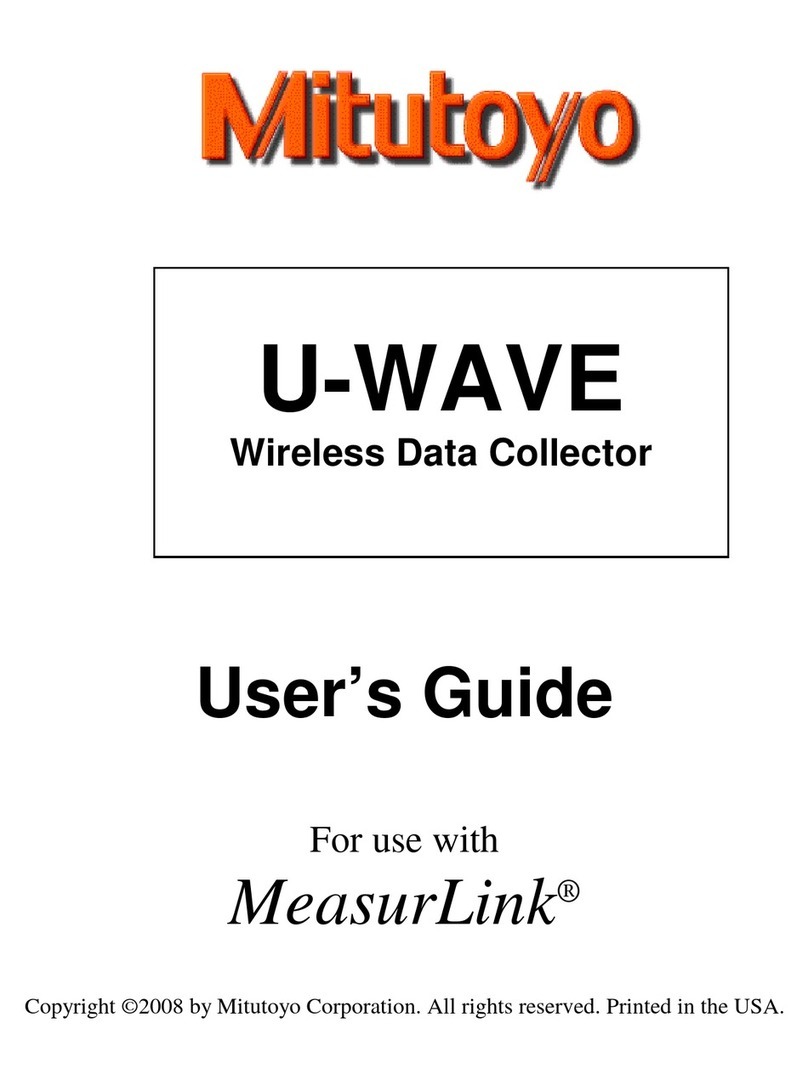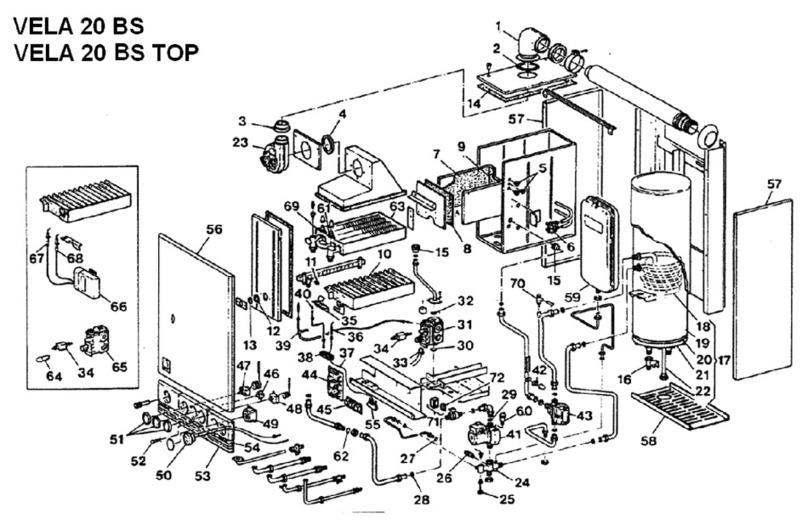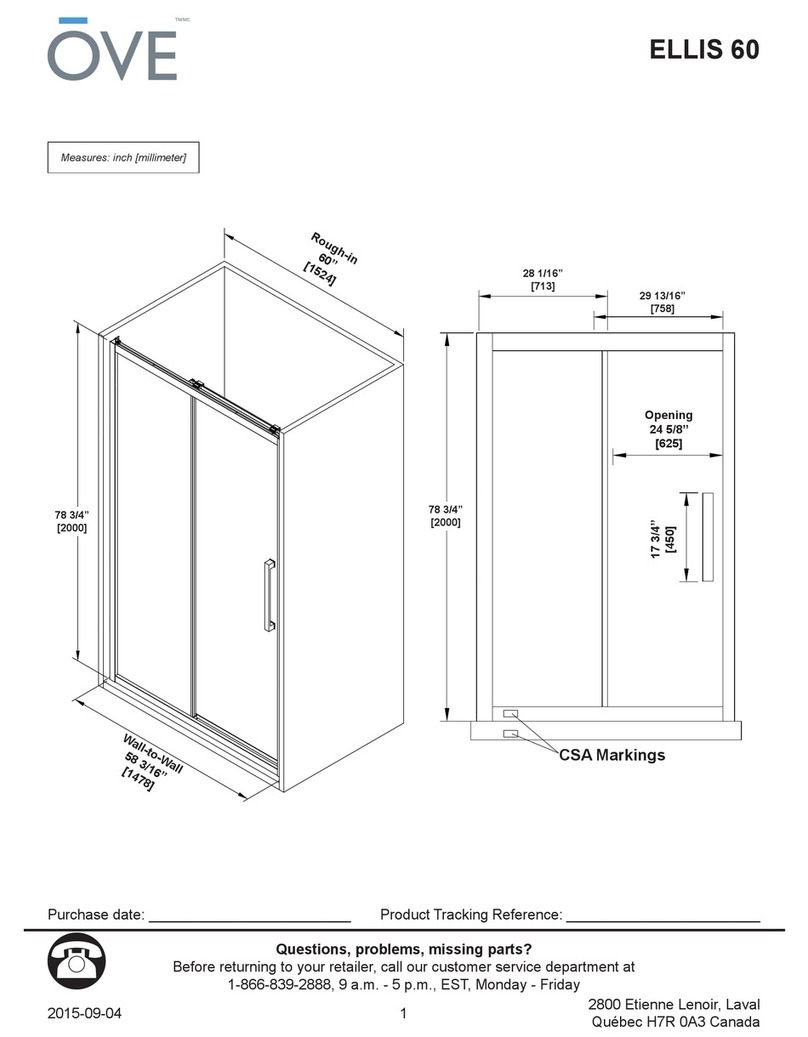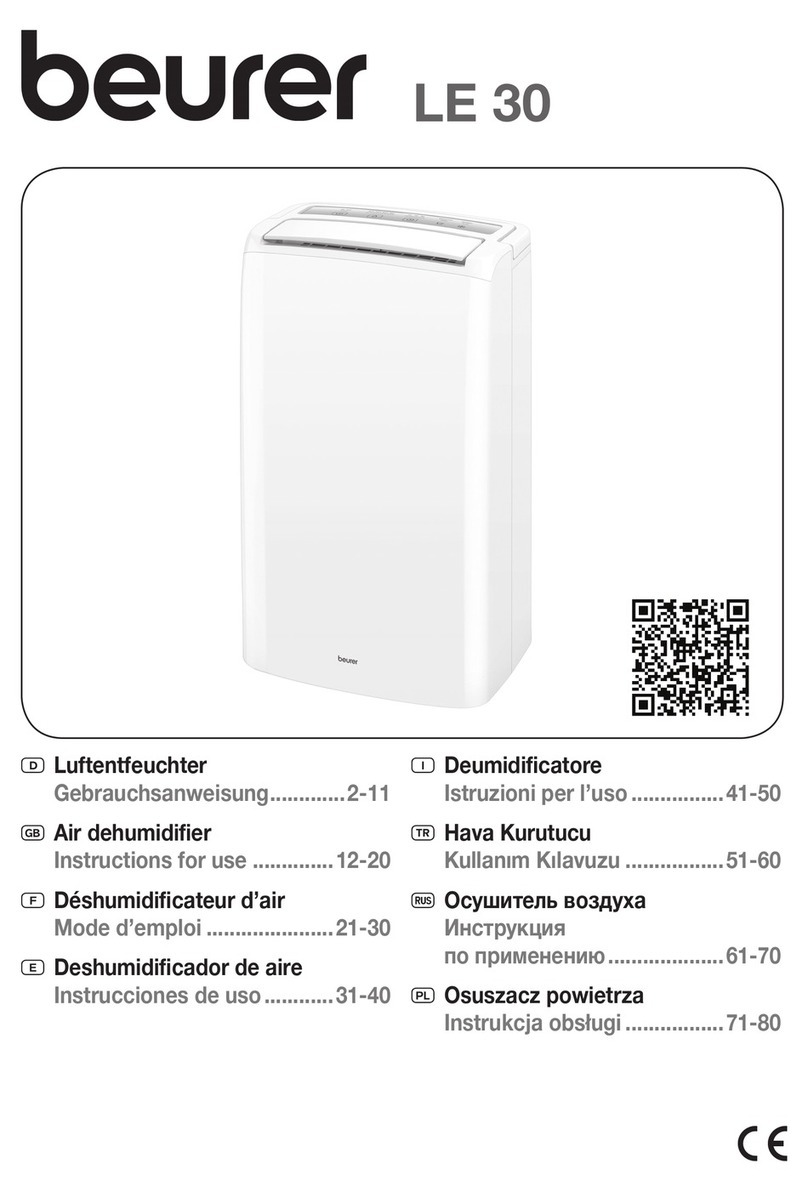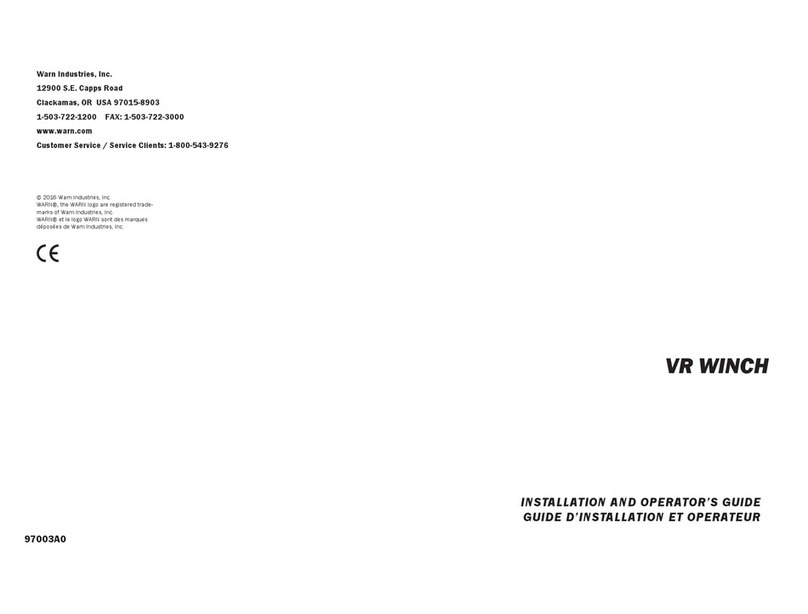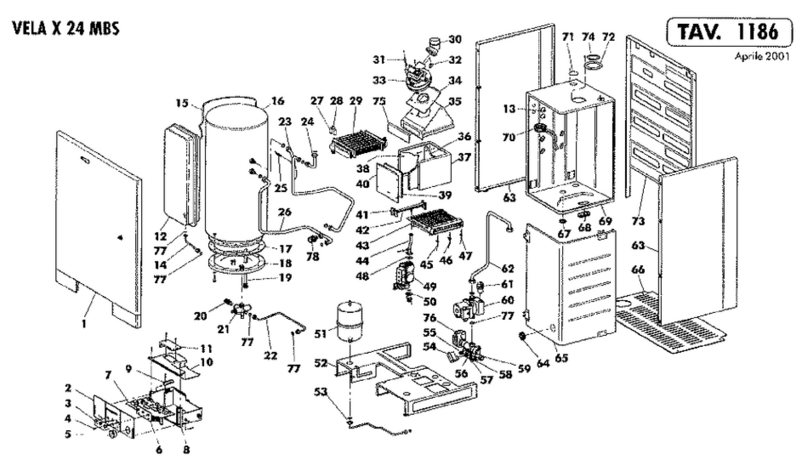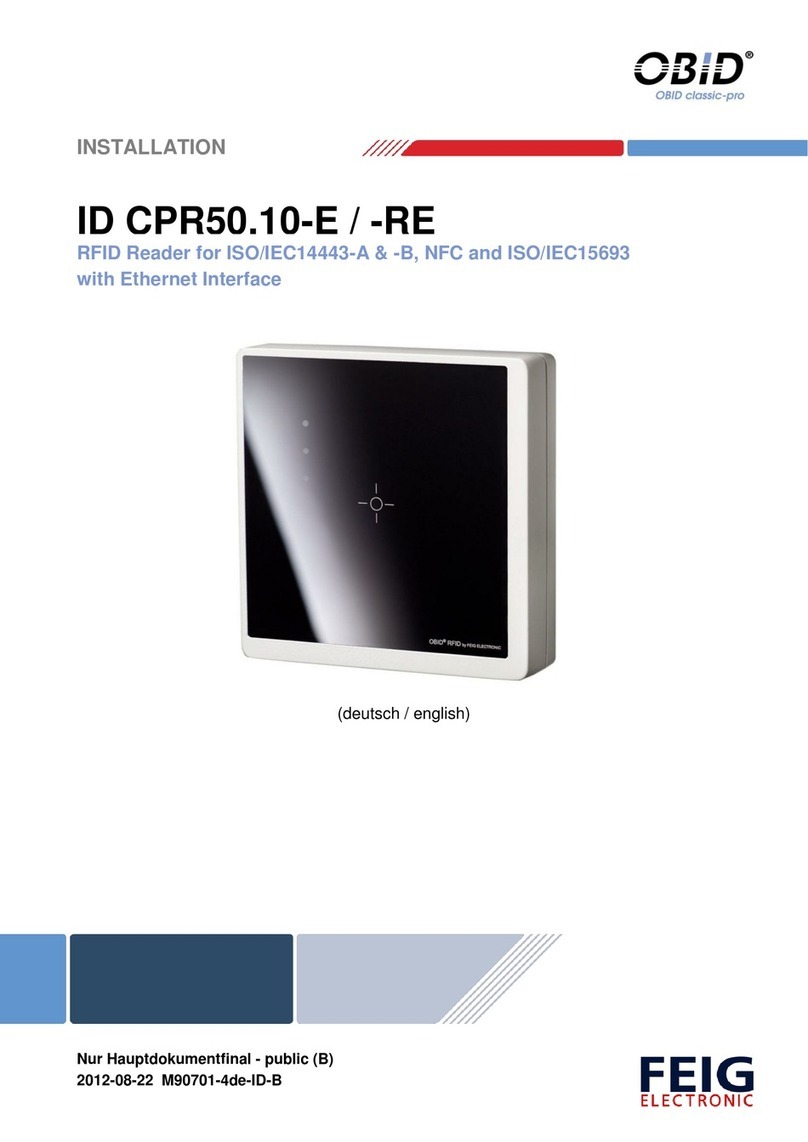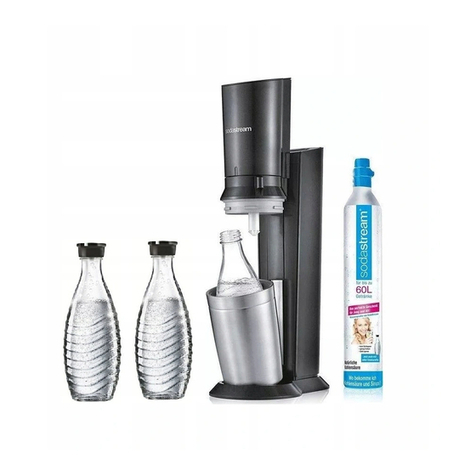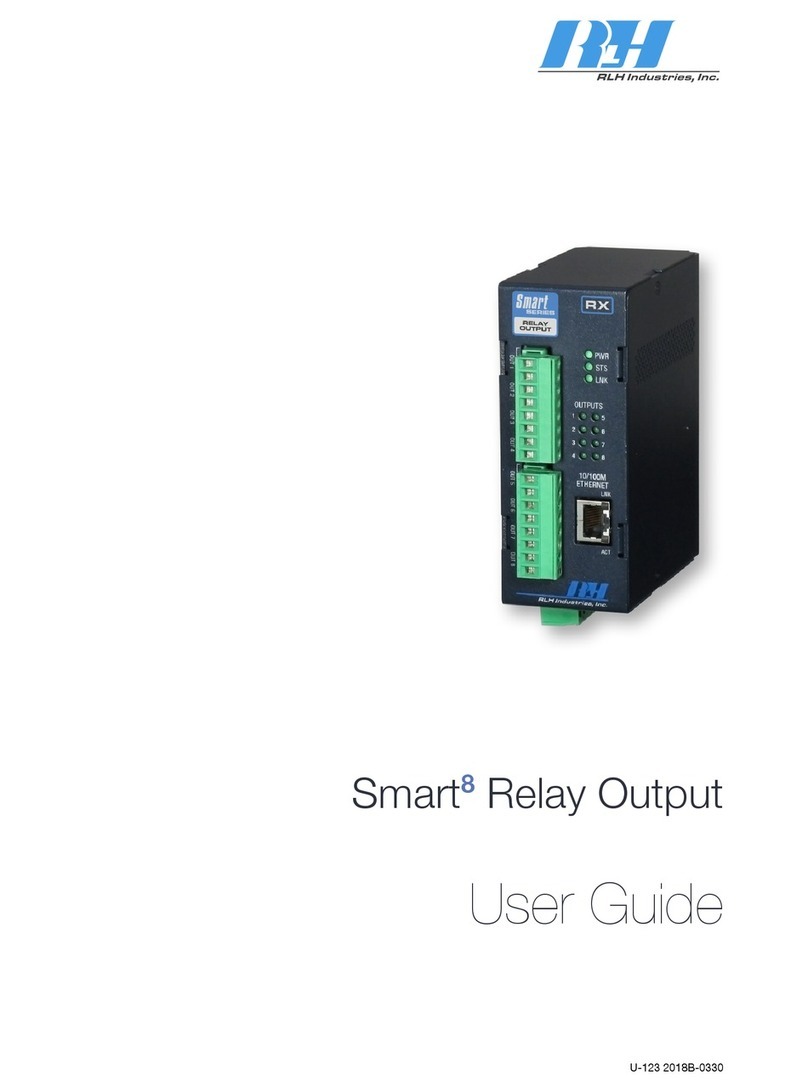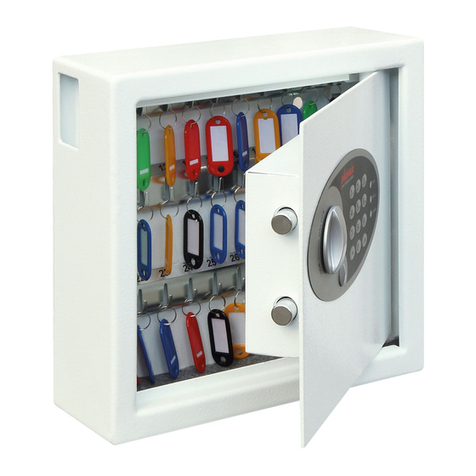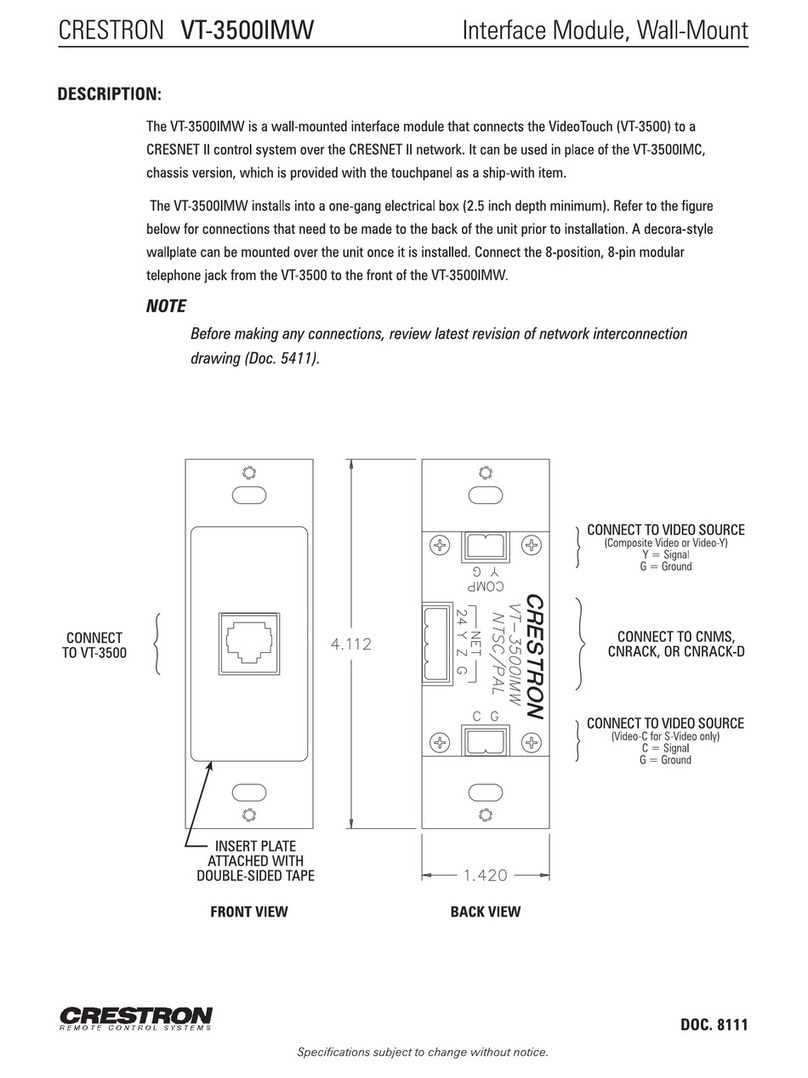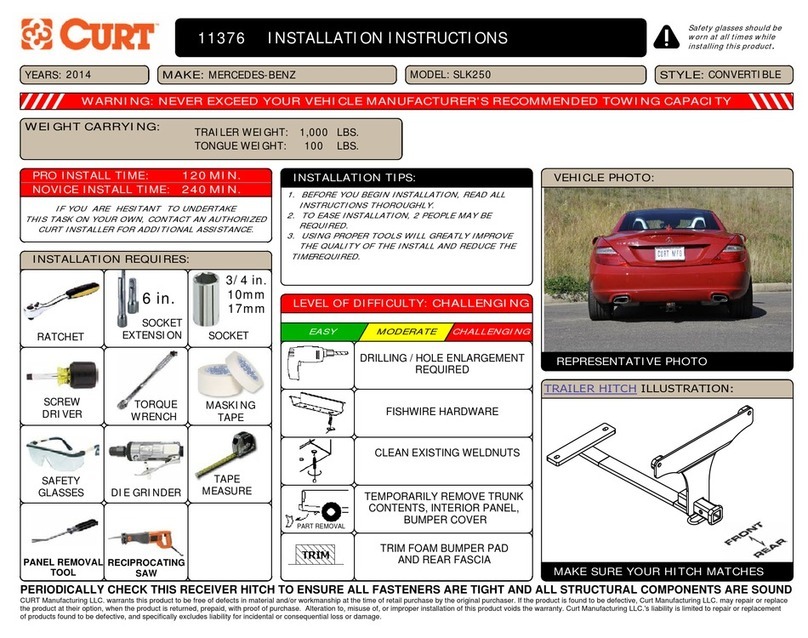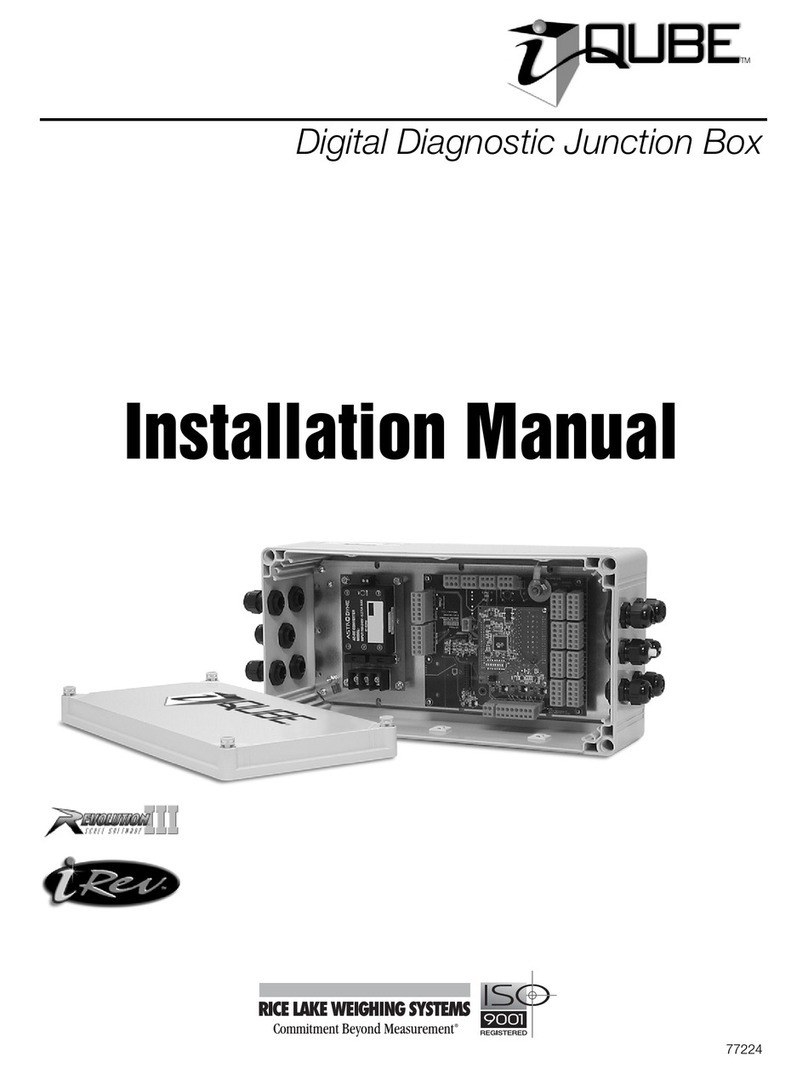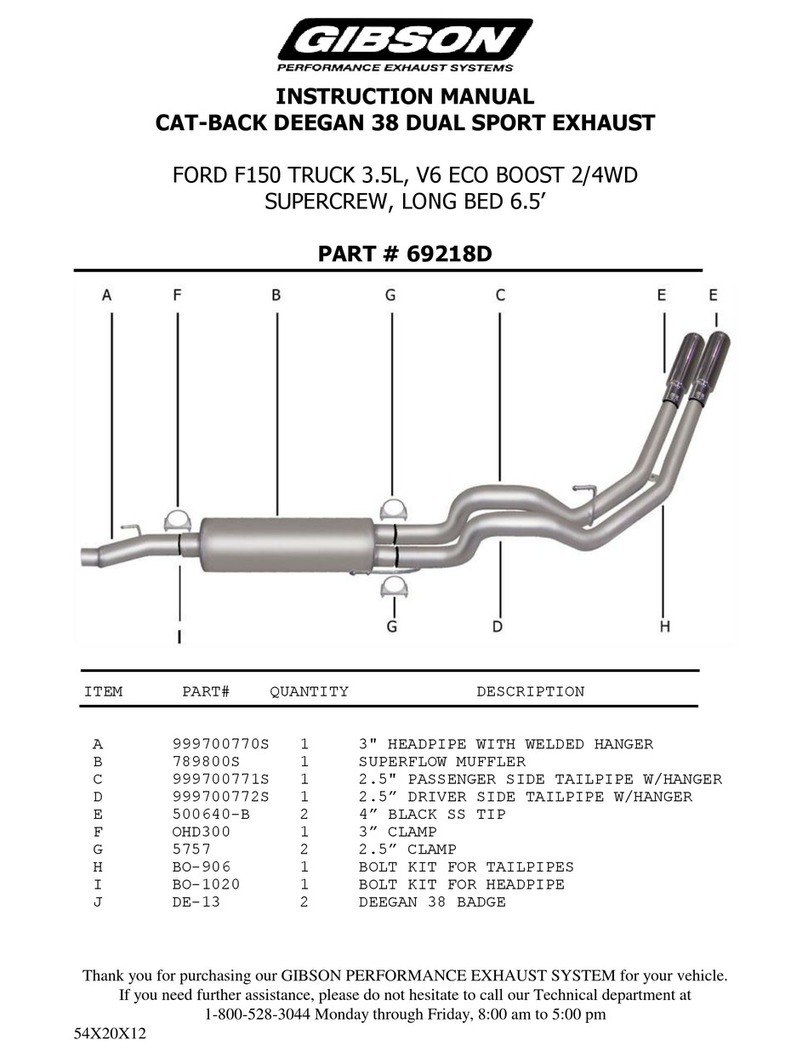Waterous 150-70 User manual

10/4/2010
Installation Guide
Applies to Waterous “Skid” Model
150-70
200-100
Rev 1
FOR INSTALLATION CENTER USAGE ONLY
Unit Serial Number ______________________
Waterous, Arizona Operations
7612 North 74th Ave.
Glendale, Arizona 85303
623-979-3398
Fax: 623-979-6949
www.waterousco.com

WATEROUS ARIZONA
DOCUMENT TITLE: 150-70 / 200-100 Installation
DOC. NO.
REV NO. 1
ISSUE DATE: 6/17/2010
PAGE 2 of 38
Warnings, Cautions, and Notes
Warning
A warning alerts you to a procedure, practice or condition that may result in death or long
term injury to personnel or destruction of equipment.
Caution
A caution alerts you to a procedure or condition that may result in serious
damage to equipment or its failure to operate as expected
Note: A note points out important information. Failure to read the note may not result in
physical harm to personnel or equipment. It may waste time and money.
ATTENTION:
Defects in replacement part(s), component(s) or product(s) manufactured by others and furnished by
WATEROUS is understood that the only warranty provided for such replacement part(s), component(s) or
product(s), shall be the warranty provided by the manufacturer of said replacement part(s), component(s)
or product thereof which, if assignable, WATEROUS will assign to Buyer, if requested by Buyer.
Defects in replacement part(s), component(s) or product(s), not furnished by Waterous, but suggested in
the installation guide, are the responsibility of the installer and the manufacturer of said replacement
part(s), component(s) or product(s). Waterous will not be responsible for any replacement part(s),
component(s) or product(s) that are not furnished or purchased from Waterous.
WARRANTY INSERT: (last page)
The aforesaid warranty excludes any responsibility or liability of WATEROUS for:
c) any product or part, altered, modified, serviced or repaired other than by WATEROUS, without
its prior written consent; and
d) the cost of dismantling, removing, transporting, storing, or insuring the defective product or part
and the cost of reinstallation.
Revision History
Revision
Date Issued
Comments
---
5/5/2008
Original Release
Reformatted, new logo, added T/S Guide ,
updated drawings
1
6/17/2010
Added warranty information
Disclaimer: These instructions are guidelines only and in no way meant to be definitive. During installation, standard safety
precautions and equipment should be used where appropriate. Because the tools used and the skill/experience of the installer can
vary widely, it is impossible to anticipate all conditions under which this installation is made, or to provide cautions for all possible
hazards. Proper installation is the responsibility of the purchaser. All bolts, setscrews, and belts must be checked prior to start-up
AND after the initial operation. Damages due to poor installation are the responsibility of the installer.
Waterous reserves the right to make modifications to the system without notice

WATEROUS ARIZONA
DOCUMENT TITLE: 150-70 / 200-100 Installation
DOC. NO.
REV NO. 1
ISSUE DATE: 6/17/2010
PAGE 3 of 38
Table of Contents
SECTION 1. MODULE OVERVIEW ........................................................................................................5
SECTION 2. INSTALLING THE CAF SYSTEM.......................................................................................6
A. Fork Lifting a CAFS..........................................................................................................................6
B. Hold Down Tabs...............................................................................................................................6
C. Engine Air Supply for Combustion and Cooling...............................................................................7
D. Battery Connections.........................................................................................................................7
E. Fuel supply.......................................................................................................................................8
I. Fuel Filtering................................................................................................................................8
II. Fuel Tanks...................................................................................................................................8
III. Supply and Return Fuel Lines for Fuel Injection..........................................................................8
IV. Fuel line Materials........................................................................................................................8
V. Tank height offsets ......................................................................................................................9
SECTION 3. INITIAL POWERUP ..........................................................................................................11
A. Post-Installation, Pre-Power up Safety Check...............................................................................11
B. Initial Engine and Fire Pump Power up..........................................................................................11
I. Initial Compressor System Power up ........................................................................................12
SECTION 4. VERIFYING THE AUTO SYNC AIR BALANCING SYSTEM............................................13
A. UNLOAD mode verification............................................................................................................13
B. FIXED mode verification ................................................................................................................14
C. AUTO mode verification.................................................................................................................14
SECTION 5. OPTIONAL PROGRAMMABLE VALVE CONTROLLER..................................................15
A. Operation .......................................................................................................................................15
B. Programming..................................................................................................................................15
C. Wiring Harness Pin-Out .................................................................................................................15
SECTION 6. SUGGESTED THIRD-PARTY COMPONENTS ...............................................................16
A. Suggested components for CAFS discharges:..............................................................................16
B. Suggested Air and Hydraulic Hose................................................................................................16
I. Push-On.....................................................................................................................................17
II. Air Brake....................................................................................................................................17
III. Hydraulic....................................................................................................................................17
SECTION 7. TROUBLESHOOTING......................................................................................................18
A. CAFS..............................................................................................................................................19
B. Pump..............................................................................................................................................23
SECTION 8. INITIAL ADJUSTMENT OF THE AUTO-SYNC AIR BALANCING SYSTEM ...................27
A. Electric Auto-Sync Initial Setup......................................................................................................27
I. UNLOAD Mode Initial Setting....................................................................................................27
II. FIXED Mode Initial Setting.........................................................................................................29
III. AUTO Mode Initial Setting.........................................................................................................30
SECTION 9. CONDITIONAL 5-YEAR WARRANTY POLICY ...............................................................38

WATEROUS ARIZONA
DOCUMENT TITLE: 150-70 / 200-100 Installation
DOC. NO.
REV NO. 1
ISSUE DATE: 6/17/2010
PAGE 4 of 38
Figure(s)
Figure 1 12VDC Terminals Negative (left) and Positive (right)....................................................................7
Figure 8 Typical CAFS Discharge..............................................................................................................16
Figure 2 Electrical Auto-sync section..........................................................................................................28
Figure 3 Basic Front Panel.........................................................................................................................31
Figure 4 Basic CAFS Layout......................................................................................................................32
Figure 5 Hydraulic Schematic 5in Vertical Sump.......................................................................................33
Figure 6 Electrical Schematic Auto-sync ...................................................................................................34
Figure 7 Air Schematic Electric Auto-sync 90° Inlet ..................................................................................35
Figure 8 Tank Placement - Low.................................................................................................................36
Figure 9 Tank Placement - High ................................................................................................................37

WATEROUS ARIZONA
DOCUMENT TITLE: 150-70 / 200-100 Installation
DOC. NO.
REV NO. 1
ISSUE DATE: 6/17/2010
PAGE 5 of 38
SECTION 1. MODULE OVERVIEW
The Waterous DS series CAFS modules consist of an engine, compressor, fire pump, foam pump
and control panel mounted as a modular unit on a steel base. A water tank is included with the
unit, on the same base.
See the dimensional drawings at the rear for the size of the module you are installing.
Installation Overview
Warning:
Do not start the engine unless the system is connected to a source of water. The pump
and compressor are operating whenever the engine is running. Running without water will
seriously damage the pump and the compressor.
Note: The instructions are for a typical system. A custom order system will have a similar
installation procedure. The illustrations shown in this manual may differ slightly from the
parts that were shipped.
This system does not include:
•Fuel lift pump and fuel lines
•Battery and cables
Installation tasks include:
•Installing the module into the vehicle
•Connecting the fuel system
•Connecting the battery/12VDC power supply
•Filling all system fluids
•Final testing of the installed system

WATEROUS ARIZONA
DOCUMENT TITLE: 150-70 / 200-100 Installation
DOC. NO.
REV NO. 1
ISSUE DATE: 6/17/2010
PAGE 6 of 38
SECTION 2. INSTALLING THE CAF SYSTEM
Warning:
Do not damage the vehicle chassis during installation. Check with the vehicle manufacturer
to make sure the planned bolts are installed in acceptable areas.
A. Fork Lifting a CAFS
The modules are designed for installation into a cargo area equivalent to an 8' pickup bed. With a
forklift, lift the unit and slide it onto the bed of the vehicle.
Warning:
Make sure the forklift is rated to safely lift the CAF system.
Make sure the water/foam tank is empty before attempting to remove the system from a vehicle.
B. Hold Down Tabs
There are four hold-down tabs inside the frame, one at each corner of the engine section.
Bolt the CAF system to the bed of the truck.
Use forklift hereUse forklift here
Tab
Tab
Tab
Tab

WATEROUS ARIZONA
DOCUMENT TITLE: 150-70 / 200-100 Installation
DOC. NO.
REV NO. 1
ISSUE DATE: 6/17/2010
PAGE 7 of 38
C. Engine Air Supply for Combustion and Cooling
The units are usually left open at the top and sides. Only fresh air is suitable for combustion and
cooling. If side and top covers are installed, they must allow fresh air flow.
Engine air intake
Compressor air intake
D. Battery Connections
Connect the 12VDC supply to the terminals at the left side of the unit (as seen from the front).
The positive terminal is mounted on an insulated block (Figure 1). The negative terminal is
welded directly to the system frame.
•Both positive and negative cables must be adequately sized to supply power to the
system.
•The negative terminal must be connected to the truck chassis.
•The chassis must be properly grounded. Check the grounding after installation to
ensure that module and chassis are grounded.
Figure 1 12VDC Terminals Negative (left) and Positive (right)

WATEROUS ARIZONA
DOCUMENT TITLE: 150-70 / 200-100 Installation
DOC. NO.
REV NO. 1
ISSUE DATE: 6/17/2010
PAGE 8 of 38
E. Fuel supply
I. Fuel Filtering
The engine has an integral fuel filter with a replaceable element to protect the fuel
pump.
If the fuel has high water content, or if temperature fluctuations produce water
condensation in the tank, a water separator is required.
If the vehicle will be operated under extreme conditions (poor fuel quality, dirt
contamination of fuel likely, high water content, and poor access to spares) it is
recommended that a combination of strainers and filters be used.
II. Fuel Tanks
The basic requirements for tanks are:
•Tanks must be ventilated adequately at any angle the engine is likely to be
operated in.
•Tanks must not be galvanized with zinc or made of any metal high in zinc
because some fuels will react with the tank and build up a soapy zinc compound
that clogs the fuel injectors.
•Tanks must be constructed to have a large surface area at any fuel level to
facilitate out-gassing.
•Tanks must have a sludge drain valve at the bottom.
III. Supply and Return Fuel Lines for Fuel Injection
Fuel injected engines require a closed loop full of fuel (in lines and tank) from the
tank to the injector and back. The engine is provided with an excess of fuel, and the
unused fuel flows back to the tank. This ensures a continual supply of fuel at the
injector. The return line must end 1/2 inch below the supply line to prevent air
entering the fuel loop between the tank and auxiliary engine.
IV.Fuel line Materials
Minimum I.D. at the smallest cross section in the system:
Fuel line length
Minimum inner diameter
Less than 6ft (2m)
3/8in (10mm)
6ft (2m) to 18ft (6m)
1/2in (12mm)
•Lines must be copper or non-scaling stainless steel.

WATEROUS ARIZONA
DOCUMENT TITLE: 150-70 / 200-100 Installation
DOC. NO.
REV NO. 1
ISSUE DATE: 6/17/2010
PAGE 9 of 38
•If the lines are not metal, the material must be heat-resistant 212° F (100°C)
•Lines runs must be as straight and short as possible between tank and inlets or
outlets, with no kinks.
V. Tank height offsets
The engine uses an integral fuel pump that is capable of lifting the fuel a maximum of
78in (2m).
•The lowest part of the fuel intake must not be more than 78in (2m) below the fuel
inlet on the engine.
•If the highest possible fuel level in the tank is more than 79 inches higher than
the fuel inlet, a pressure compensator must be installed to limit the pressure at
the suction side to no more than 3lb (0.2 bar).

WATEROUS ARIZONA
DOCUMENT TITLE: 150-70 / 200-100 Installation
DOC. NO.
REV NO. 1
ISSUE DATE: 6/17/2010
PAGE 10 of 38
Comments
Installation technique
If the auxiliary engine will draw fuel from the tank
used by the engine that moves the truck, NFPA
standards specify that the auxiliary engine must
not be able to draw more than 75% of the fuel
from the tank.
This minimizes the chances of running out of fuel
and being unable to move the vehicle out of a
dangerous situation.
Recommended for shared tank
Alternate fuel supply and return line layout
If the fuel pickup for the auxiliary engine goes to
the bottom of the tank, as shown here, the
auxiliary engine can use almost all of the fuel
from the tank.
The best practice is for the supply line opening to
be 1.5 inches from the bottom of the tank, to
avoid drawing sludge or water into the line, with
the return line ending 0.5 inch below the supply
line opening
Recommended for separate auxiliary tank.
NOT Recommended for shared tanks.
Ending the return line at the top of the tank is not
recommended for shared or auxiliary tanks. The
fuel will drain back into the tank whenever the
engine is shut off. The engine will be slow to
start, if it starts at all.
This return line style also increases any tendency
of the fuel to foam
Not recommended for any tank
Supply
Return
Filler neck with tank
ventilation
Supply
1/2 inch
12 inch minimum
recommended
Return
6 inch minimum
recommended
Filler neck with
tank ventilation
Return
Supply
1/2 inch
A2
Supply
Return
C

WATEROUS ARIZONA
DOCUMENT TITLE: 150-70 / 200-100 Installation
DOC. NO.
REV NO. 1
ISSUE DATE: 6/17/2010
PAGE 11 of 38
SECTION 3. INITIAL POWERUP
A. Post-Installation, Pre-Power up Safety Check
Before you power-up the Waterous system:
1. Remove all tools, shop towels, hose trimmings and other debris from the compartments.
2. Double-check all hydraulic, air and water lines against the schematics, testing to make
sure each connection is tight and that the hose is fully inserted into the fitting.
3. Check all of the unused inlets: plastic shipping caps must be removed and replaced with
the appropriate plug or cap.
4. Make sure all drain valves are closed.
5. Make sure the gauges are connected to the appropriate sender (temperature, pressure,
etc.)
6. Fill the sump with the specified hydraulic oil until the oil level is 1/2 way up the sight
glass. You will need to add more oil later, to compensate for oil that remains in the
hydraulic lines and the compressor.
Oil used in the hydraulic system is ISO 68wt hydraulic oil. It must be "Low-
foaming" or "Anti-foam".
7. Make sure the foam proportioner, if installed, is operating properly. (see the
manufacturer's installation guide).
B. Initial Engine and Fire Pump Power up
Before powering up the compressor, make sure the engine and pump are working correctly.
See the engine and pump operator's manuals.
Warnings:
Check ALL fluids for the engine before initial power up.
Do not start the engine unless the pump is connected to a source of water. The fire pump
is operating whenever the engine is running. Running the pump without water will
seriously damage the pump.
Note: The pump water is used for cooling the compressor oil. If the compressor cooling water
is returned to the main tank, it is not necessary to open a re-circulation valve. If the
compressor cooling water is returned to the pump's inlet plumbing, it is necessary to
open the tank fill or pump re-circulation valve

WATEROUS ARIZONA
DOCUMENT TITLE: 150-70 / 200-100 Installation
DOC. NO.
REV NO. 1
ISSUE DATE: 6/17/2010
PAGE 12 of 38
I. Initial Compressor System Power up
Warning:
Compressed air can be dangerous. Make sure the pressure is allowed to bleed down to
atmospheric pressure before opening any connections or valves.
1. Remove the air filter plumbing and pour 8 to 16 ounces of hydraulic oil into the air inlet
of the compressor to pre-oil it.
2. Replace the air filter plumbing.
3. Place the Auto Sync system in UNLOAD.
4. Start the engine and engage the PTO.
5. With the system powered up, turn the Auto Sync to the FIXED positions. Air pressure
should rise to about 150 PSI (10.3 bar).
6. Check for leaks by listening for hissing noises at the fittings.
7. Shut the engine off, allow the pressure to bleed off and then add oil to the sump to
bring the oil level 1/2 way up the sight glass.
This compensates for the hydraulic oil that remains in the hoses and filters.
8. Proceed to "Verifying the Auto Sync Air Balancing System".

WATEROUS ARIZONA
DOCUMENT TITLE: 150-70 / 200-100 Installation
DOC. NO.
REV NO. 1
ISSUE DATE: 6/17/2010
PAGE 13 of 38
SECTION 4. VERIFYING THE AUTO SYNC AIR BALANCING
SYSTEM
This system seldom needs adjusting. For pre-built CAFS, the Auto Sync system is adjusted at the
factory before shipment. In most cases the factory settings will be satisfactory for typical CAFS
and auxiliary air applications. If the system fails any verification step, go to Adjusting the Auto
Sync Air Balancing System and follow the steps in the order given.
A. UNLOAD mode verification
1. Set the controls on the Auto Sync control panel to UNLOAD (center position).
Electric Auto Sync Controls
2. Completely close all air discharges.
3. Start the engine.
Green
Red

WATEROUS ARIZONA
DOCUMENT TITLE: 150-70 / 200-100 Installation
DOC. NO.
REV NO. 1
ISSUE DATE: 6/17/2010
PAGE 14 of 38
4. With the engine at idle, begin water flow through a discharge or tank re-circulation to
ensure that the oil cooler has circulating water.
5. The main air pressure gauge should read 40-50 PSI (2.7-3.4 bar). In UNLOAD mode (no
light), this pressure is sufficient to maintain oil circulation.
B. FIXED mode verification
1. Place the Auto-Sync controls to FIXED (switch lights red). Wait until the compressor
pressure stabilizes.
2. The air pressure should be between 145-150 PSI (9.9-10.3 bar), and stable.
C. AUTO mode verification
1. The fire pump must have 100 PSI (6.9 bar) at the main discharge, with minimal flow.
2. Place the Auto-Sync controls to AUTO (switch lights green).
3. Read the main air pressure and water discharge pressure gauges.
4. The pressure readings should be the same (air may be up to 5% higher).
5. Verify the Auto Sync system by varying the fire pump discharge pressure and monitoring
the water and air pressure gauges. The air pressure should rise and fall with the water
pressure, matching it within 5%. Pressures should match at static pressure only. It is
normal for the pressures to be unmatched when flowing water, air, or solution.

WATEROUS ARIZONA
DOCUMENT TITLE: 150-70 / 200-100 Installation
DOC. NO.
REV NO. 1
ISSUE DATE: 6/17/2010
PAGE 15 of 38
SECTION 5. OPTIONAL PROGRAMMABLE VALVE
CONTROLLER
The new and improved valve controller uses leading edge microchip technology to provide the
user with programmable valve positioning that is both accurate and repeatable.
Repeatability is assured with new "overshoot" programming, thus eliminating gear-lash and valve
coupler slop. An oversized, 3-digit, alphanumeric display conveys the position in a 0 to 100%
format with three field programmable set-points. Each set-point as well as 0 and 100% (valve full
open and full closed) is named to the users request with up to three alphanumeric characters.
Factory defaults unless specified by the customer are: CLS, LOW, Mid, Hi, and OPN. All of these
positions are easily recalled with one touch of the OPEN / CLOSE switch.
A. Operation
Two military grade toggle switches make up the users controls. The switches allow the user
to not only adjust the valve to any given position but program the position of each set-point as
well. The INCREASE/ DECREASE switch allows the user to adjust valve position by one
percentage point at a time towards open or close. The OPEN/ CLOSE switch gives one touch
access to each of the set-points.
B. Programming
Each of the three programmable set-points corresponds to a value within the 0 to 100%
range. The value for each set-point is easily adjusted by using both toggle switches.
For example:
1. To adjust the value for the LOW set-point, use the OPEN/CLOSE switch to recall the set-
point without releasing the switch.
2. After three seconds, the set-point name will change to its corresponding value on the
display.
3. While maintaining activation of the OPEN/ CLOSE switch, use the
INCREASE/DECREASE switch to adjust the value up or down as desired.
4. Each set-point is programmable in the same manner.
C. Wiring Harness Pin-Out
Controller
Pin 1
Red
+12VDC IN
Pin 2
Black
-12VDC IN
Pin 3
Blank
Pin 4
Green
Digital COM in, from actuator
Pin 5
White
Digital COM out, to actuator
Pin 6
Blank
Pin 7
Black
-12VDC to actuator
Pin 8
Red
+12VDC to actuator
Actuator
Pin 1
Black
-12VDC in, from controller
Pin 2
Green
Digital COM out, to controller
Pin 3
White
Digital COM in, from controller
Pin 4
Red
+12VDC in, from controller

WATEROUS ARIZONA
DOCUMENT TITLE: 150-70 / 200-100 Installation
DOC. NO.
REV NO. 1
ISSUE DATE: 6/17/2010
PAGE 16 of 38
SECTION 6. SUGGESTED THIRD-PARTY COMPONENTS
Note: These are guidelines useful for many installations, but selection of third-party components
is at the discretion of the system installer or vehicle manufacturer.
A. Suggested components for CAFS discharges:
The installer must provide fittings and tubing to connect the CAFS components to the
vehicle's discharge outlets. These are suggested parts for the common discharge sizes. If the
planned discharge system is not covered in this guideline, please contact Waterous.
Note: Waterous strongly suggests that every CAFS discharge have an air check valve and a
water check valve, as shown below.
The air check valve prevents foam solution from back flowing into the compressor and
contaminating the oil. The water check valve isolates the discharge, preventing CAF
from back flowing into the foam solution manifold and exiting through another
discharge.
Figure 2 Typical CAFS Discharge
B. Suggested Air and Hydraulic Hose
Suggested Hose
The inside diameter (I.D.) of the hose is the most important factor, and any hose with the
correct I.D. and rated to withstand the expected air system pressures (500 PSIG burst
pressure) may be used.
Injection
Point
Compressed
Air

WATEROUS ARIZONA
DOCUMENT TITLE: 150-70 / 200-100 Installation
DOC. NO.
REV NO. 1
ISSUE DATE: 6/17/2010
PAGE 17 of 38
I. Push-On
We have found the most cost-effective hose is the push-on type hose. H101 or H201
general-purpose hose has an acceptable working pressure. Gates, Dayco, Parker,
Weatherhead and Aeroquip brands will suffice. All of these hoses come in a variety of
colors for color-coding the lines by purpose.
Discharge:
Suggested:
1” booster reel or
1” remote
Use 3/8” ID air hose.
1.5” and 2”
Use 1/2” ID air hose
2-1/2”
Use 3/4” ID air hose
Auxiliary Air Outlet
Use 3/8” ID air hose
II. Air Brake
Air brake tubing may also be used provided strict attention is paid to the inside
diameters:
Size
Working PSI
Burst PSI
.375" OD is .250" ID
150
1400
.500" OD is .375" ID
150
950
.625" OD is .500" ID
150
900
.750" OD is .625" ID
150
800
Discharge fittings and Kits: Lists are available on request for various discharges.
III. Hydraulic
For the hydraulic portion of the compressor system, it is necessary to use SAE
100R1 or SAE 100R5 as a minimum. Hose sizes necessary for installation are:
#4 for the scavenger from the separator filter to compressor.
#8 for the oil inject and cooler circuit.
#24 for the air out of the sump to the separator filter assembly.

WATEROUS ARIZONA
DOCUMENT TITLE: 150-70 / 200-100 Installation
DOC. NO.
REV NO. 1
ISSUE DATE: 6/17/2010
PAGE 18 of 38
SECTION 7. TROUBLESHOOTING
Engine
Make sure that all required fluids are at the correct level, and that the batteries are charged
and connected. If the problem persists, see the user manual's troubleshooting section.
Compressor System
Before you start, make sure of the following:
•The oil level in the sump is correct.
•The water supply to the oil cooler is adequate.
•The oil cooler's strainer is clean.
•The air lines do not have leaks.
•The hydraulic lines do not have leaks.

WATEROUS ARIZONA
DOCUMENT TITLE: 150-70 / 200-100 Installation
DOC. NO.
REV NO. 1
ISSUE DATE: 6/17/2010
PAGE 19 of 38
A. CAFS
Observed
Symptom
Probable Cause
Suggested Remedy
Lack of air pressure
from compressor
Lack of air supply to
clutch (for air-clutch
systems)
Repair air leak or re-establish air supply
Compressor not
engaging
No PTO engagement
Confirm OK TO PUMP light is on, if not check wiring for damage or
disconnected wire, check PTO.
Compressor
engaging. No air
supply to
discharges or
insufficient air
supply.
Auto-Sync switches not
in correct position.
Confirm 40 PSI in UNLOAD position (200 CFM systems) and 50+ in run
position.
Smaller compressors have lower UNLOAD pressures.
Verify when in FIXED/RUN whether pressure reflects 145-150 PSI
(electric valves) Verify
there is power to the air
solenoid and check
operation of solenoid.
Air discharge solenoid not working.
Repair/replace solenoid
Air solenoid working - leak between solenoid and discharge. Repair leak.
Air check valve defective
Replace or correct installation.
Trim valve out of
adjustment
Refer to trim valve instructions
Restricted minimum
pressure valve
Clean rust or debris from valve
Air plumbed before
discharge valve seal
Relocate to discharge side of discharge valve
Incorrect air line size
Size according to discharge and replace line with correct size.
System functioning
correctly, pressure
gauge reading
obviously incorrect.
Gauge malfunction, air
line detached
Check for air leaks, replace gauge
FIXED has
pressure but AUTO
has
no pressure
No water supply to
balance valve.
Check line for proper installation, with no kinks or obstructions.
Refer to trim valve instructions.
Air discharge
pressure too high
Red hose circuit
(compressed air control)
has leak or is
disconnected.
Repair leak or attach hose

WATEROUS ARIZONA
DOCUMENT TITLE: 150-70 / 200-100 Installation
DOC. NO.
REV NO. 1
ISSUE DATE: 6/17/2010
PAGE 20 of 38
Observed
Symptom
Probable Cause
Suggested Remedy
System overheating
Inadequate water flow
through cooler
Ensure adequate water flow through pump. Check Y strainer for
obstruction, clean and reinstall Drain and flush cooler water tubes
Adequate water flow
through cooler.
On-board tank used for cooling for a prolonged period - water too hot to
effectively cool the compressor. Locate source of lower temperature water.
Check oil level -
Adjust level to half of the sight glass on level surface.
Low compressor oil
level:
Check the hydraulic lines for kinks
Change oil filters
Temperature sending
unit and or gauge circuit
malfunction.
Check wire connections at sending unit
High Oil
Consumption
Overfull compressor oil
Adjust level to half of the sight glass on level surface.
Excess of 200 CFM air
flow (on 200 CFM
systems)
Back down RPM's and flow CAFS to relieve pressure, then recheck
Replace Air/Oil Separator Filter
Air/oil Separator Filter
torn or damaged (could
be caused by air flow of
higher than 200CFM)
System being operated at higher than capacity
"Excessive"
compressor bleed
down time on
shutoff
Systems vary in bleed
down time.
If Auto-Sync is operating correctly, and compressor output is within spec,
do nothing.
Engine stalls upon
compressor
engagement
Engaging compressor
while under load
Allow compressor to bleed down before re-engagement
Running system without
flowing air causes oil to
accumulate in
compressor acting like
hydraulic pump
Bleed down air, restart compressor, and move air
Underrated engine
horsepower
Raise engine RPM
Auto-Sync in FIXED /
RUN setting
Engage in AUTO/UNLOAD, then switch to FIXED/RUN
High oil level
Check oil level, adjust level to half of the sight glass with vehicle parked on
a level surface
Compressor locked up
Repair/replace compressor
This manual suits for next models
1
Table of contents
